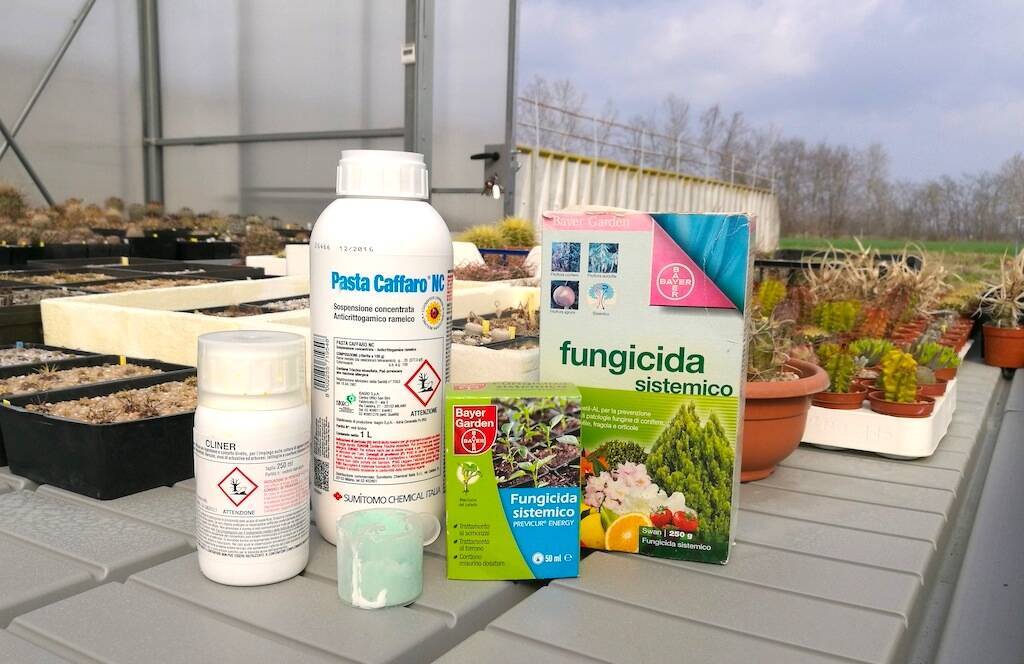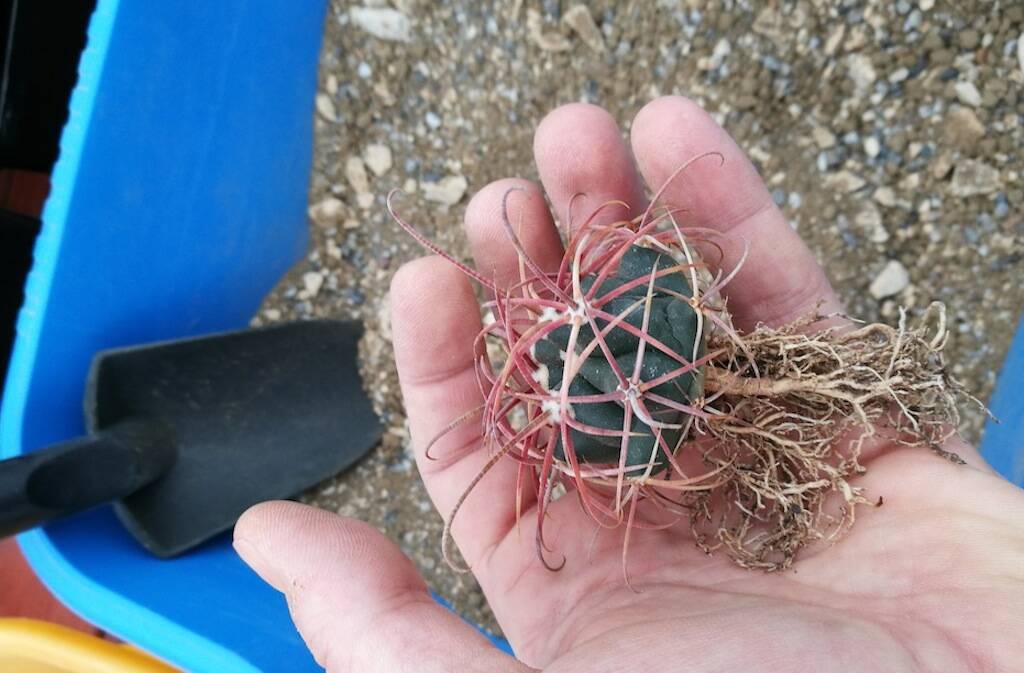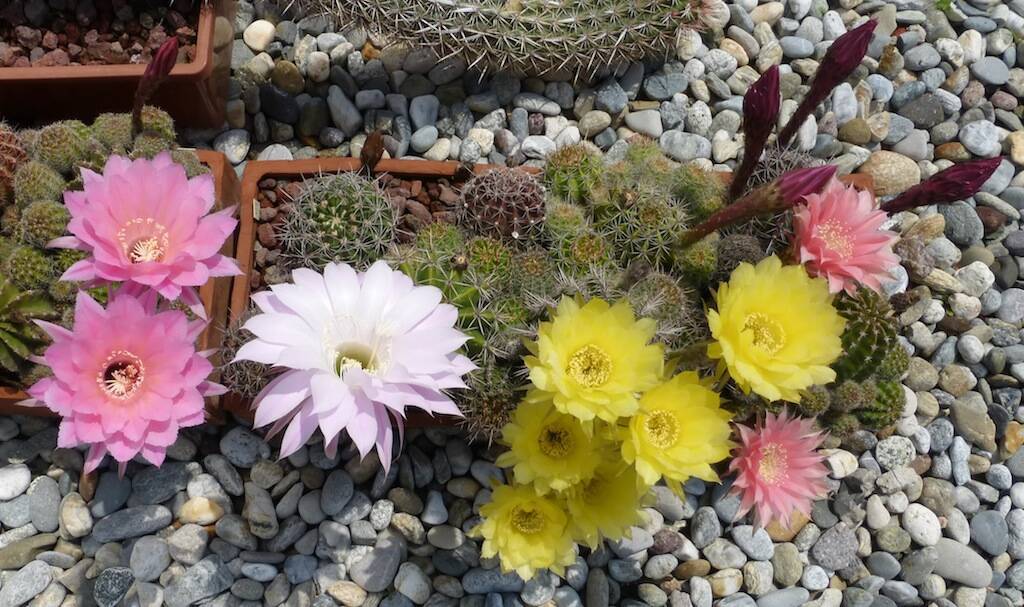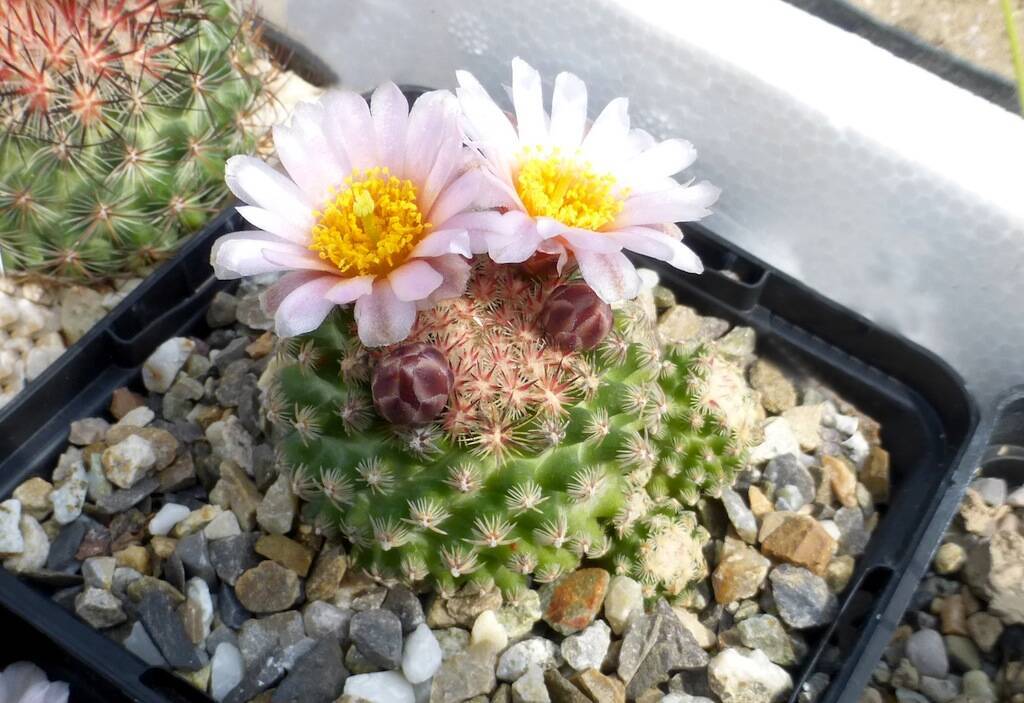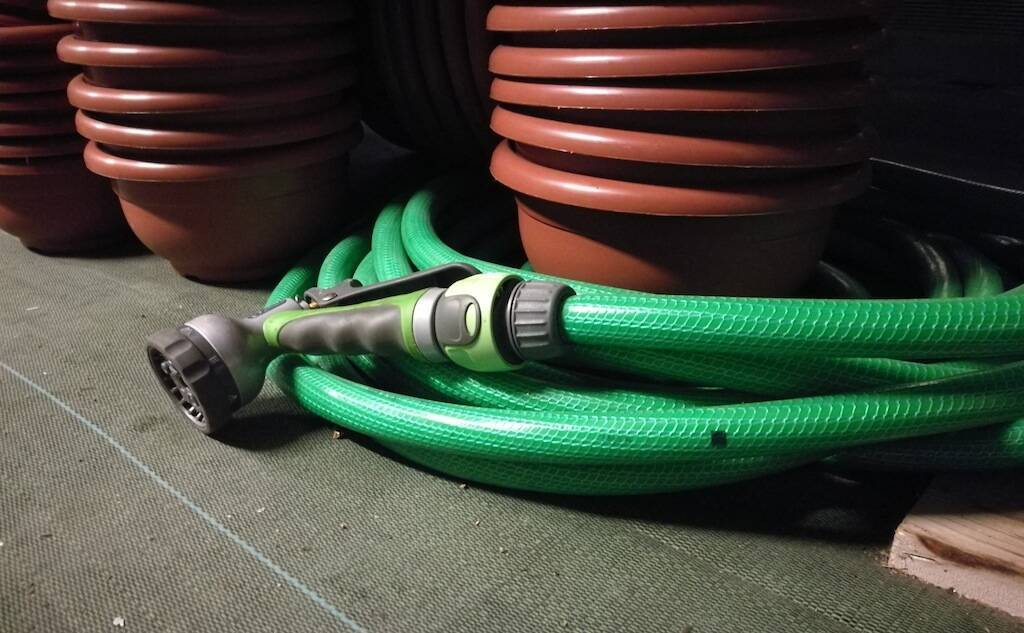As much care as we can give to our cacti and succulent plants, some drawbacks with parasites, pests, infections and fungi can always happen. Unfortunately, it must be considered, particularly if you have many plants. With proper cultivation, however, the problem can be significantly reduced and the number of losses caused by animal parasites and bacteria can be considerably reduced. It may seem obvious, but the first and most effective tool for the fight against pathogens and harmful insects is prevention. Prevention is done through a cultivation regime as natural as possible that respects the cycles and times of plants without forcing their growth. Just in this way cacti and succulents grow healthy and robust to the point of being able to cope with adversities on their own. In the last few years, thanks to natural cultivation and treatments based on pesticides reduced to a minimum, I have no longer observed any attack on my plants by animal parasites. Sometimes I may have some losses due to Fusarium, but they are single specimens, never large scale infestations.
In the following article, we will see in detail what consists of prevention; which are the pests and diseases that can affect cacti and succulents; such as the symptoms of their action on plants, and how to carry out treatment and care in case of problems. (…)


